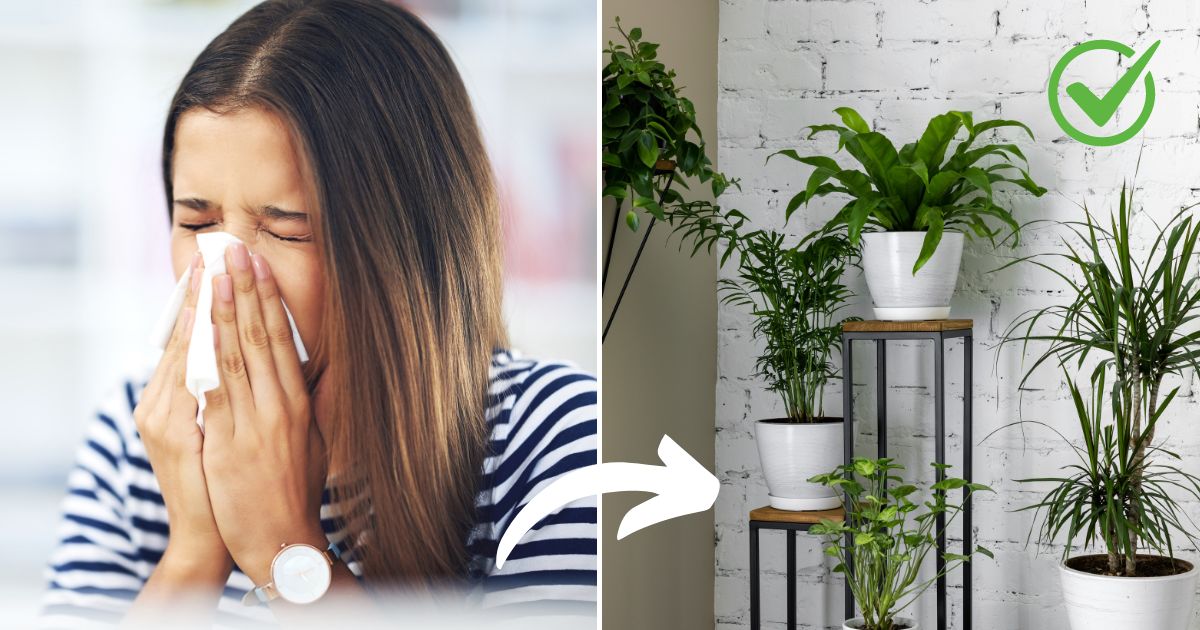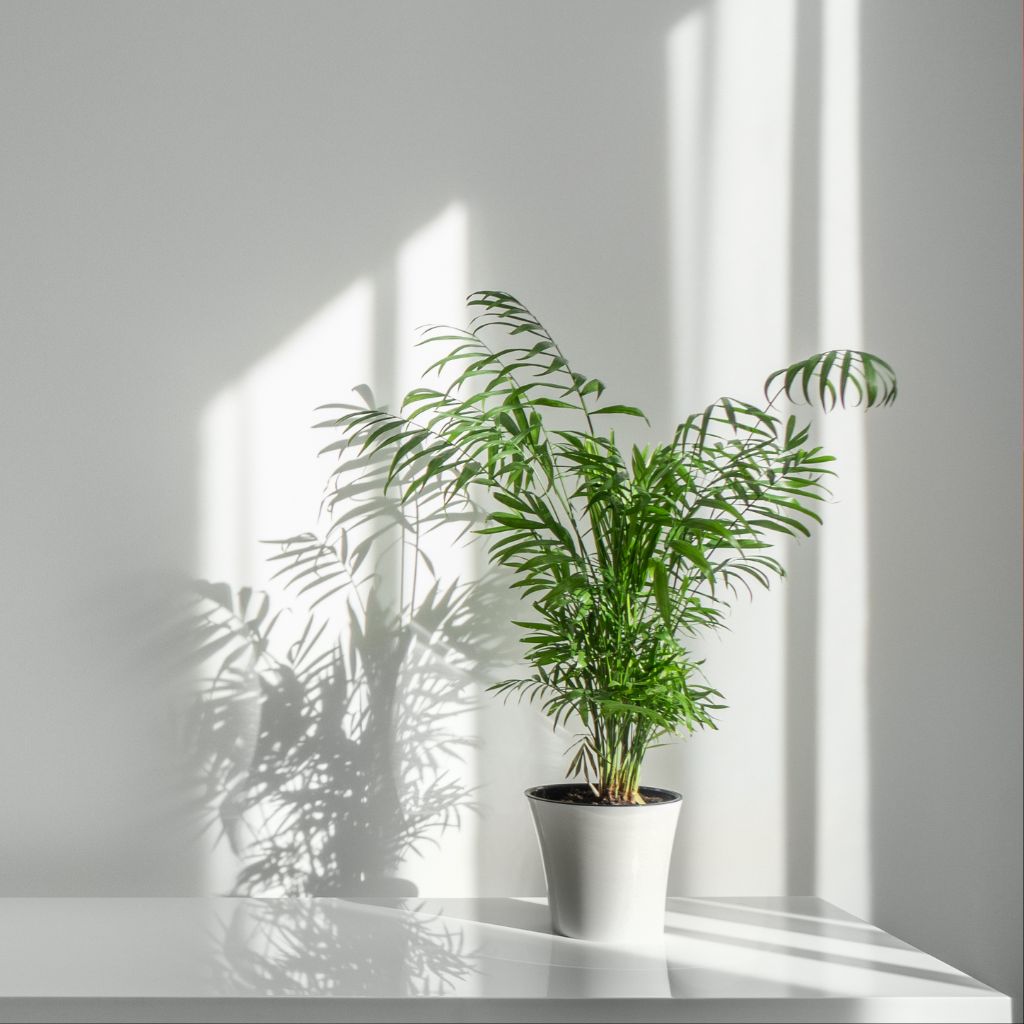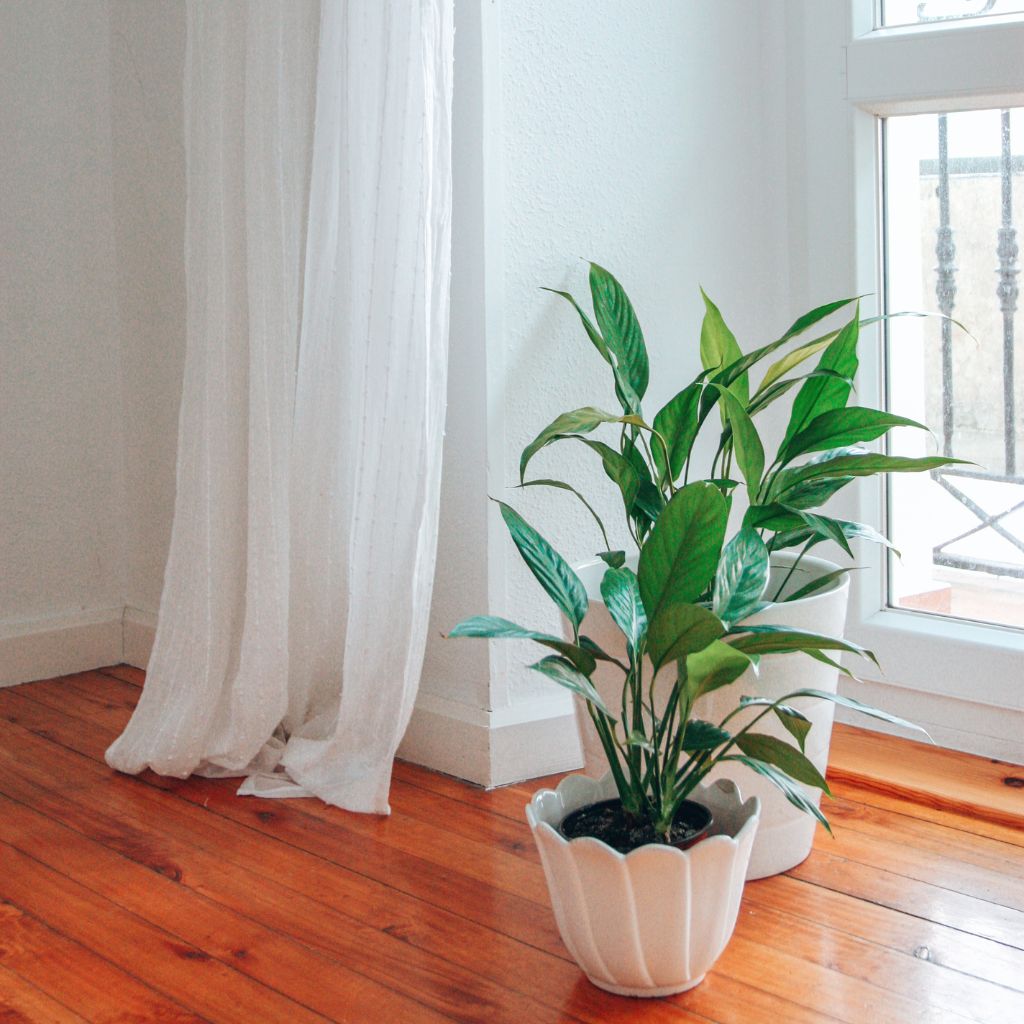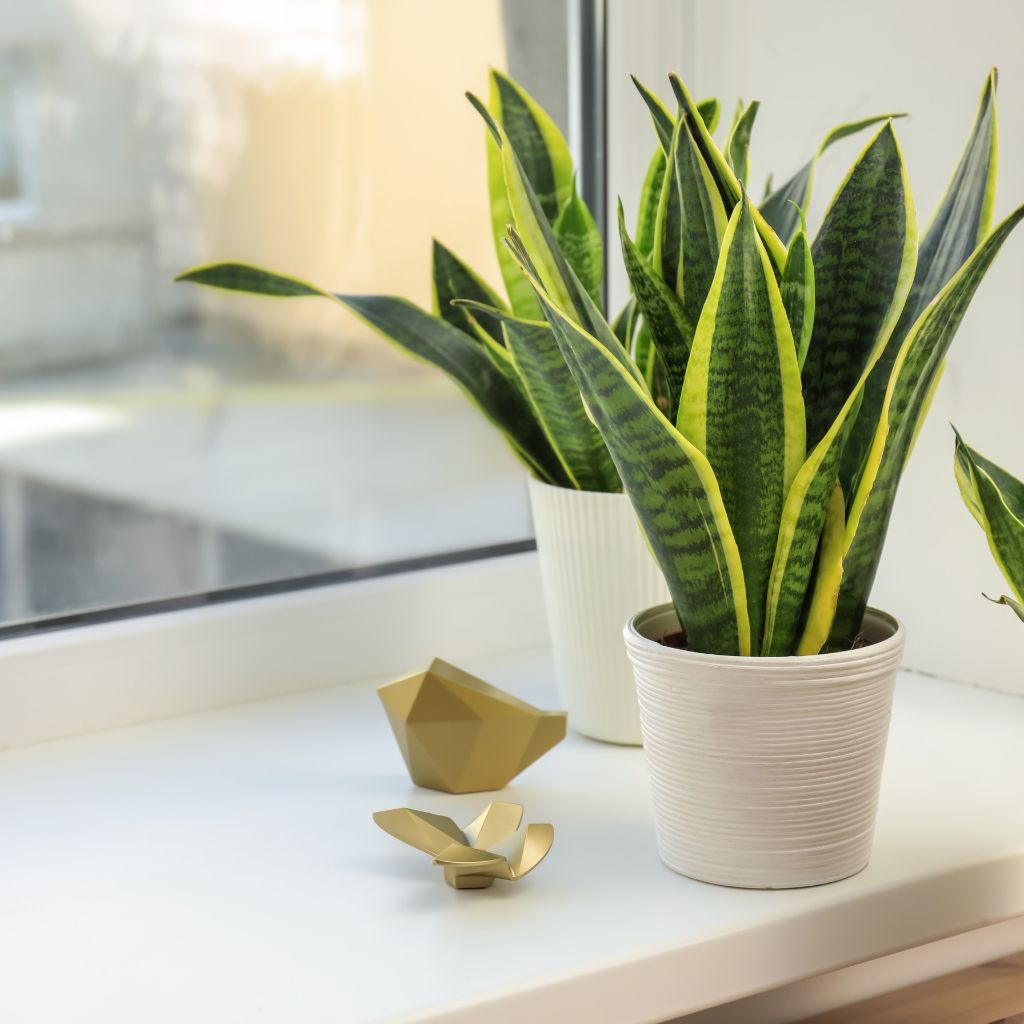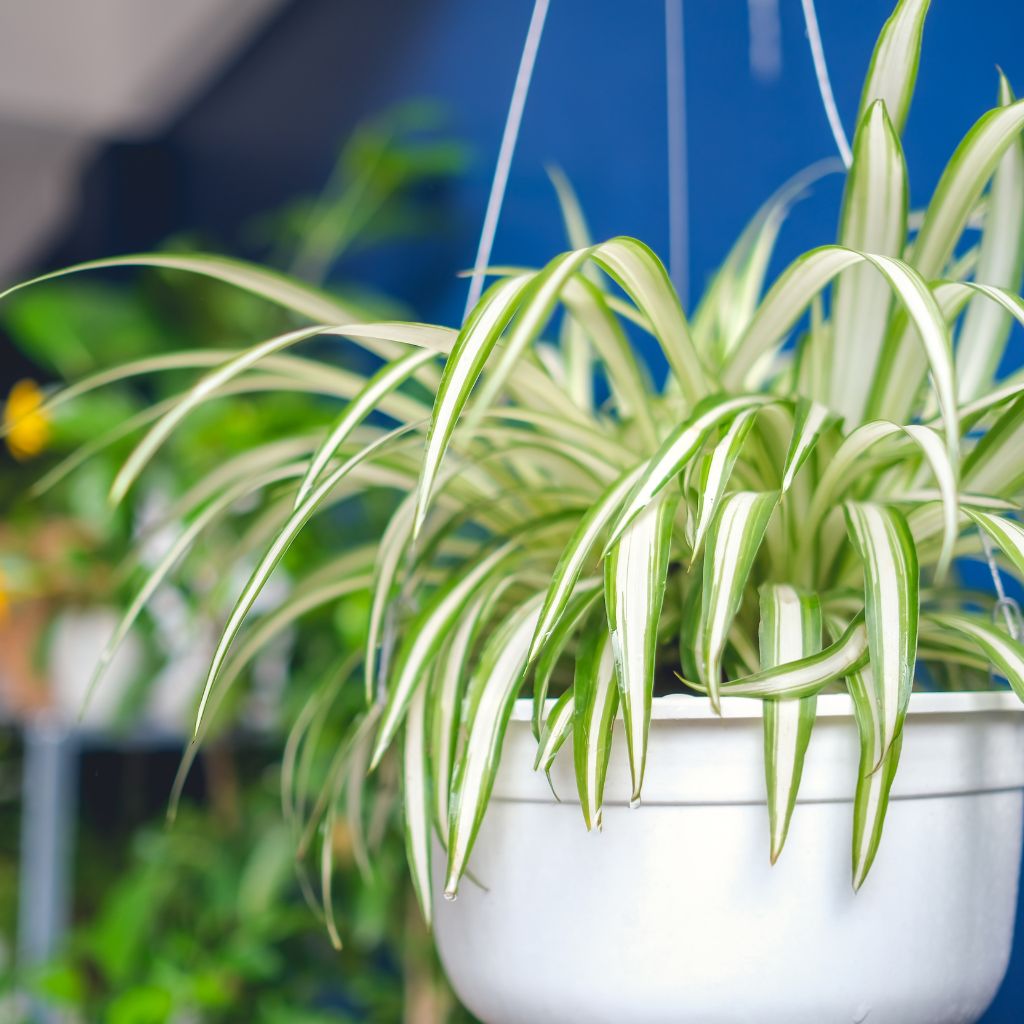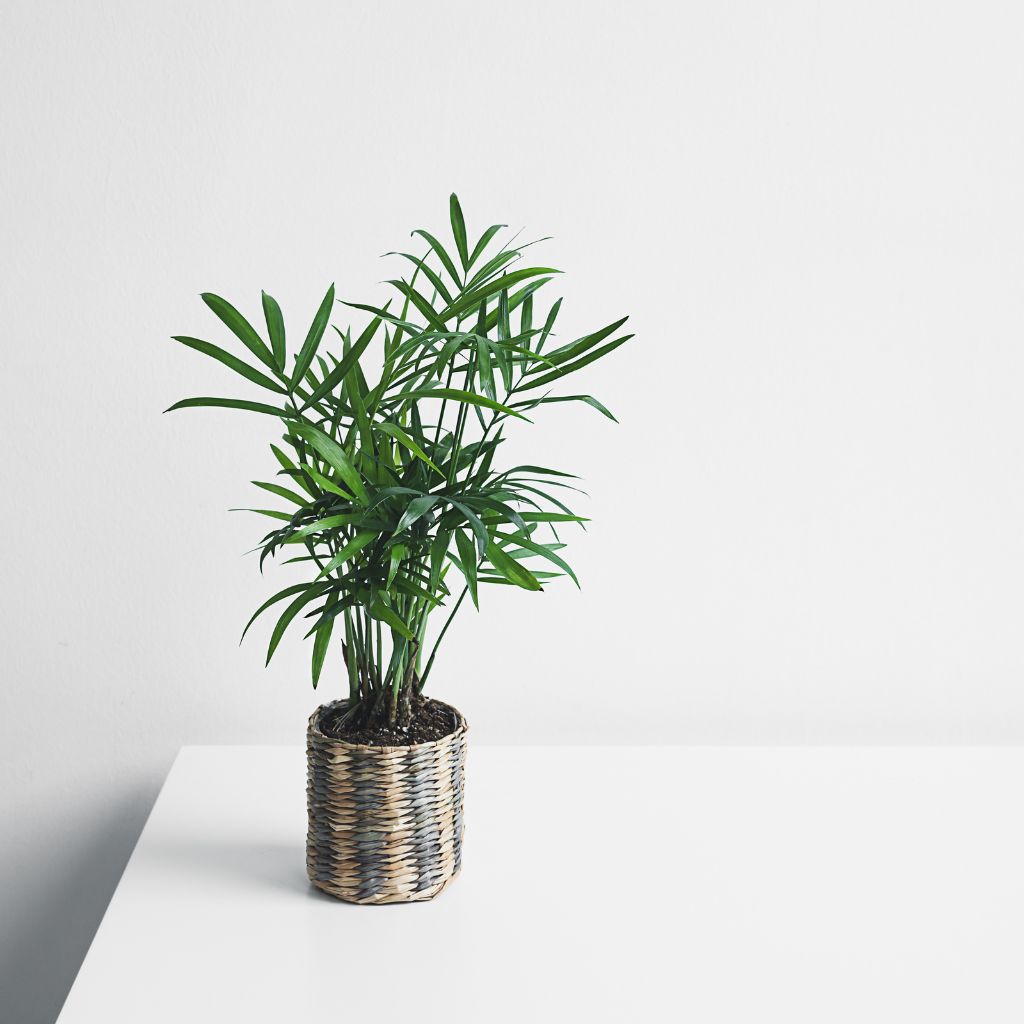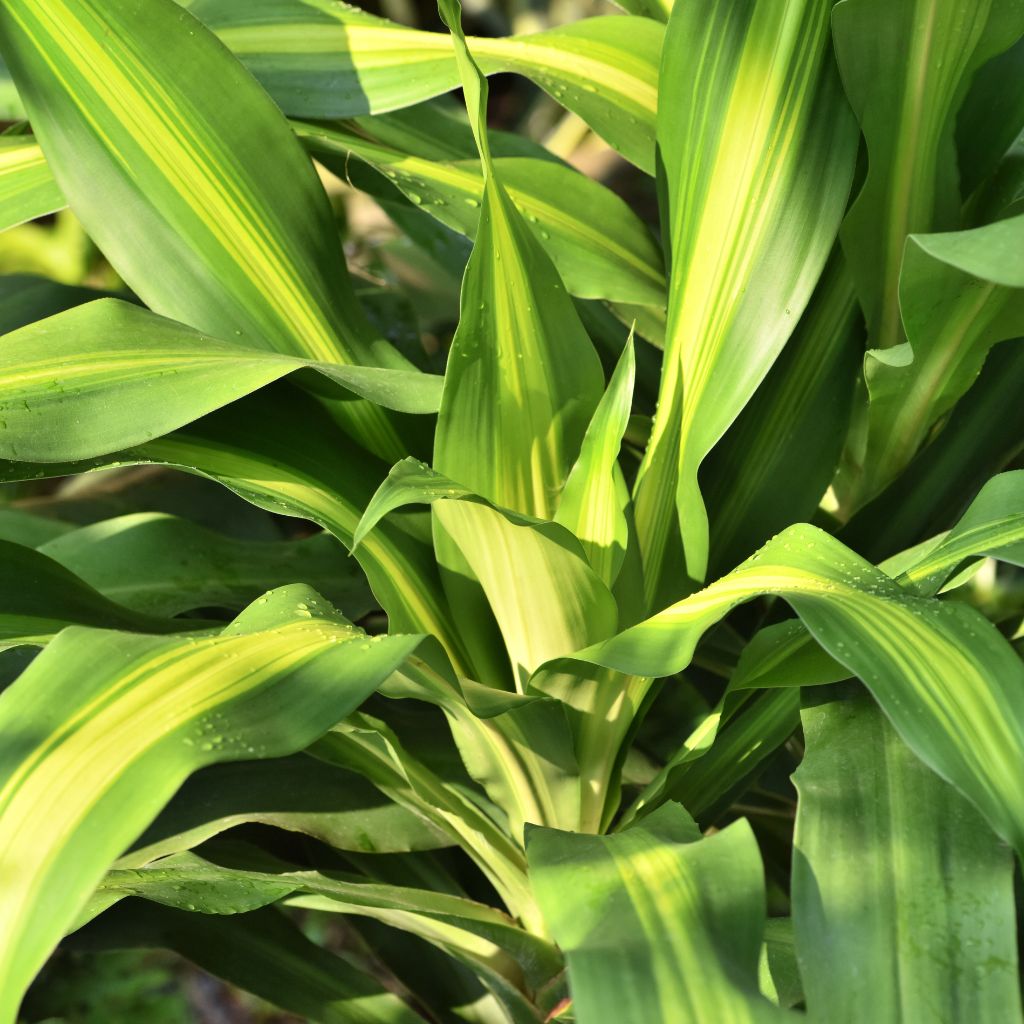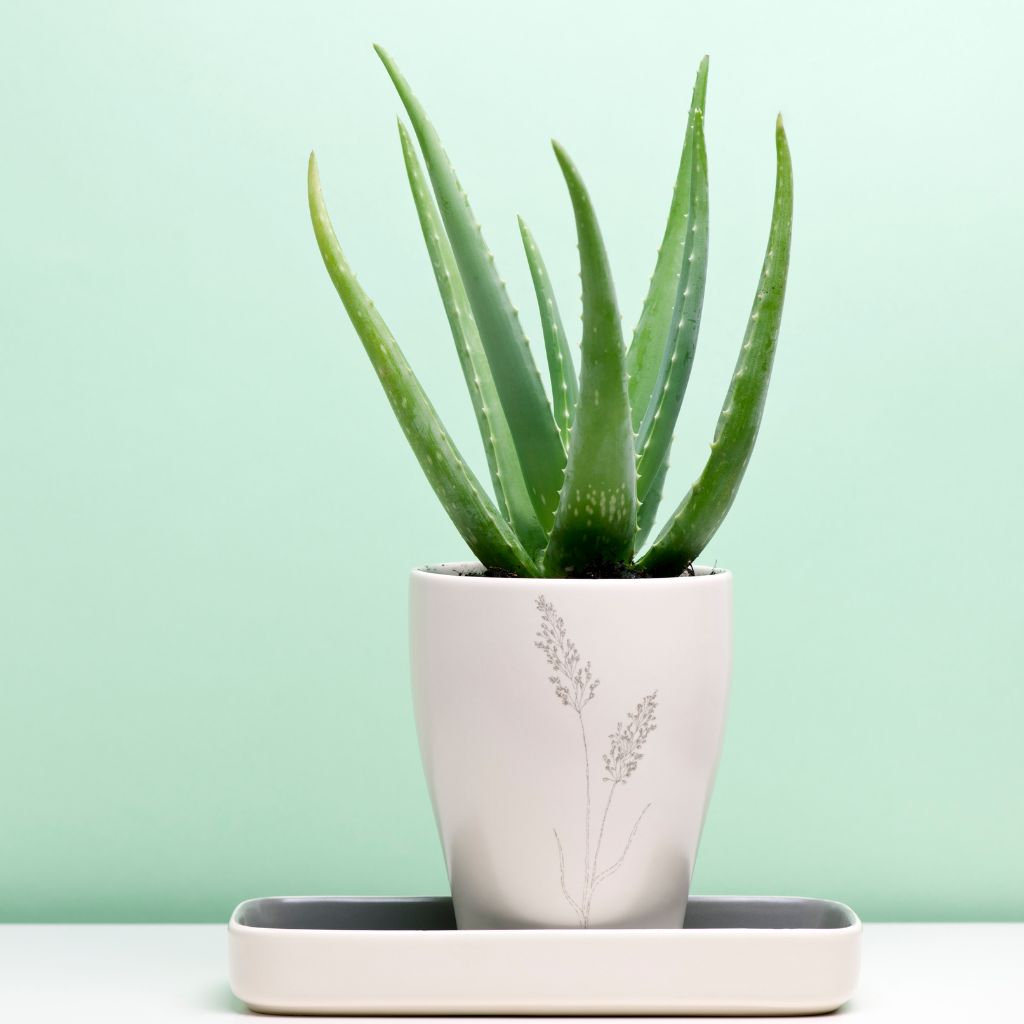Creating a home environment that minimizes allergens and dust is crucial for anyone who suffers from allergies.
The good news is that houseplants can play a significant role in improving indoor air quality.
Certain plants not only add beauty to your living spaces but also help to filter out dust, mold, and other common allergens, making your home a more comfortable place to breathe.
Here’s a list of eight houseplants that are particularly effective at creating a dust-free and allergy-relief home.
1. Areca Palm (Dypsis lutescens)
The Areca Palm is often celebrated as one of the best indoor plants for allergy sufferers.
It’s not just because of its aesthetic appeal, with its lush, feathery fronds that bring a touch of the tropics indoors, but also because it actively filters out pollutants such as formaldehyde, xylene, and toluene from the air.
These chemicals are common in household products and can aggravate allergies and asthma.
One of the key benefits of the Areca Palm is its ability to act as a natural humidifier. By releasing moisture into the air, it helps alleviate dry eyes, skin irritation, and respiratory issues caused by dry air, which are common in homes with heating systems.
To care for an Areca Palm, place it in a bright, indirect light spot and water it regularly to keep the soil moist but not waterlogged.
2. Peace Lily (Spathiphyllum)
The Peace Lily is another excellent choice for those looking to improve indoor air quality and reduce allergens. This plant is known for its ability to remove harmful toxins such as benzene, formaldehyde, and trichloroethylene from the air.
These chemicals are often found in household cleaners and can contribute to poor indoor air quality.
One of the standout features of the Peace Lily is that it produces very little pollen, and the pollen it does produce is heavy, so it doesn’t easily become airborne. This makes it a great option for allergy sufferers.
Additionally, Peace Lilies help reduce mold spores in the air, as they absorb moisture, making them particularly useful in bathrooms or other damp areas.
Caring for a Peace Lily is straightforward: it thrives in low to medium light and requires watering when the soil feels dry to the touch.
With its beautiful white blooms and glossy green leaves, the Peace Lily not only improves air quality but also adds a touch of elegance to any room.
3. Snake Plant (Sansevieria trifasciata)
The Snake Plant, also known as Mother-in-Law’s Tongue, is a hardy succulent that is ideal for improving indoor air quality and reducing allergens.
This plant is particularly effective at removing toxins such as formaldehyde, benzene, and xylene from the air. Unlike many other plants, the Snake Plant releases oxygen at night, making it a great choice for bedrooms where it can help improve sleep quality.
The Snake Plant is incredibly low-maintenance, making it perfect for those with busy lifestyles or for anyone new to houseplants.
It thrives in indirect light and requires watering only when the soil is completely dry, which means it can survive even if you forget to water it for a while. Its upright, sword-like leaves also make it an attractive addition to modern interiors.
4. Spider Plant (Chlorophytum comosum)
Spider Plants are a favorite among indoor gardeners, particularly those who are concerned about allergies. These plants are excellent at removing carbon monoxide, formaldehyde, and xylene from the air.
They also help to reduce dust levels by trapping particles on their long, arching leaves, which can be easily wiped clean.
One of the advantages of the Spider Plant is its non-toxic nature, making it safe for homes with pets and children. It’s also known for its resilience and ability to thrive in various light conditions, from bright, indirect light to partial shade.
Spider Plants are easy to care for, requiring only occasional watering when the soil feels dry, and they are quick to propagate, allowing you to spread their air-purifying benefits throughout your home.
5. Bamboo Palm (Chamaedorea seifrizii)
The Bamboo Palm is an elegant and effective air purifier, making it an excellent addition to any home looking to reduce allergens.
This plant is particularly effective at filtering out formaldehyde, benzene, and trichloroethylene, which are commonly found in household cleaning products and synthetic materials.
Bamboo Palms are also known for their ability to add humidity to the air, which can help reduce the amount of dust and other airborne allergens.
This plant thrives in indirect light and requires regular watering, but it’s relatively low-maintenance otherwise. Its slender, graceful fronds make it a stylish and functional addition to any room.
6. Lady Palm (Rhapis excelsa)
The Lady Palm is a standout choice for those seeking both beauty and practicality in their indoor plants.
With its fan-shaped leaves and elegant appearance, it not only adds a sophisticated touch to your home but also helps purify the air by removing toxins like ammonia, formaldehyde, and xylene.
One of the primary benefits of the Lady Palm is that it’s pollen-free, which is a significant advantage for allergy sufferers.
Additionally, it’s relatively low-maintenance, able to tolerate a bit of neglect, making it perfect for those with busy schedules. Lady Palms thrive in indirect light and only require watering when the top inch of soil is dry.
Its ability to improve air quality while being easy to care for makes the Lady Palm an excellent choice for any allergy-conscious household.
7. Dracaena (Dracaena spp.)
Dracaena plants are known for their striking appearance and air-purifying abilities. These plants are particularly effective at removing a variety of toxins, including formaldehyde, benzene, trichloroethylene, and xylene, which are common indoor pollutants.
This makes Dracaena an excellent plant for improving indoor air quality and reducing allergens.
Dracaena plants come in many varieties, each with its own unique look, but they all share the common trait of being low-maintenance.
They prefer moderate, indirect light and need to be watered when the top inch of soil feels dry. One thing to note is that while Dracaena is generally safe for homes, it can be mildly toxic to pets if ingested, so it’s best to keep it out of reach of curious animals.
8. Aloe Vera
Aloe Vera is not just a medicinal plant; it’s also a fantastic choice for improving indoor air quality and providing allergy relief.
This succulent is known for its ability to remove formaldehyde and benzene from the air, which are common in household products. Additionally, Aloe Vera plants release oxygen at night, making them perfect for bedrooms.
Aloe Vera is incredibly easy to care for, requiring minimal water and thriving in bright, indirect light. Its thick, fleshy leaves are not only attractive but also store water, making the plant drought-tolerant.
Moreover, the gel inside the leaves can be used to soothe burns and skin irritations, adding another layer of usefulness to this plant.
Tips for Maximizing the Benefits of Allergy-Relief Houseplants
To fully benefit from these allergy-relief houseplants, here are some tips:
Regular Cleaning: Dust the leaves of your plants regularly to prevent the accumulation of dust and allergens. This simple maintenance step will help keep your indoor air clean.
Proper Placement: Place plants in areas where they can have the most significant impact on air quality, such as living rooms, bedrooms, and offices. Ensure they receive the right amount of light for their needs.
Avoid Overwatering: Overwatering can lead to mold growth in the soil, which can worsen allergies. Make sure to water your plants according to their specific requirements to keep the soil slightly moist but not soggy.
Group Plants Together: Consider grouping several plants together to increase humidity and enhance their air-purifying capabilities. This also creates a more vibrant and natural-looking indoor environment.
Bringing the right houseplants into your home can significantly improve indoor air quality and provide relief from allergies. The eight plants listed above, including the Areca Palm, Peace Lily, Snake Plant, and Aloe Vera, are all excellent choices for creating a dust-free and allergy-relief home.
These plants not only filter out harmful toxins but also help reduce dust and airborne particles, making your living space a healthier and more comfortable place.
By incorporating these houseplants into your home, you can create a cleaner, fresher environment that benefits both your health and well-being.
